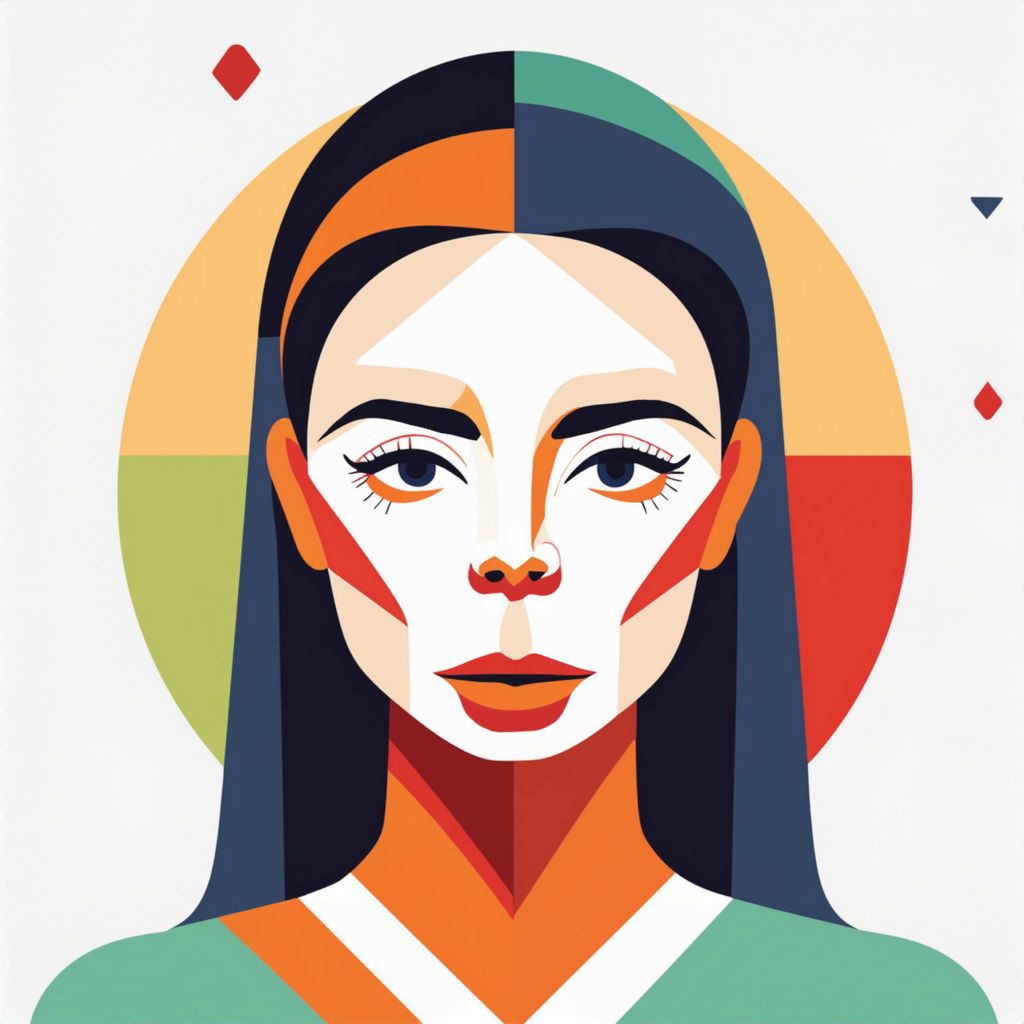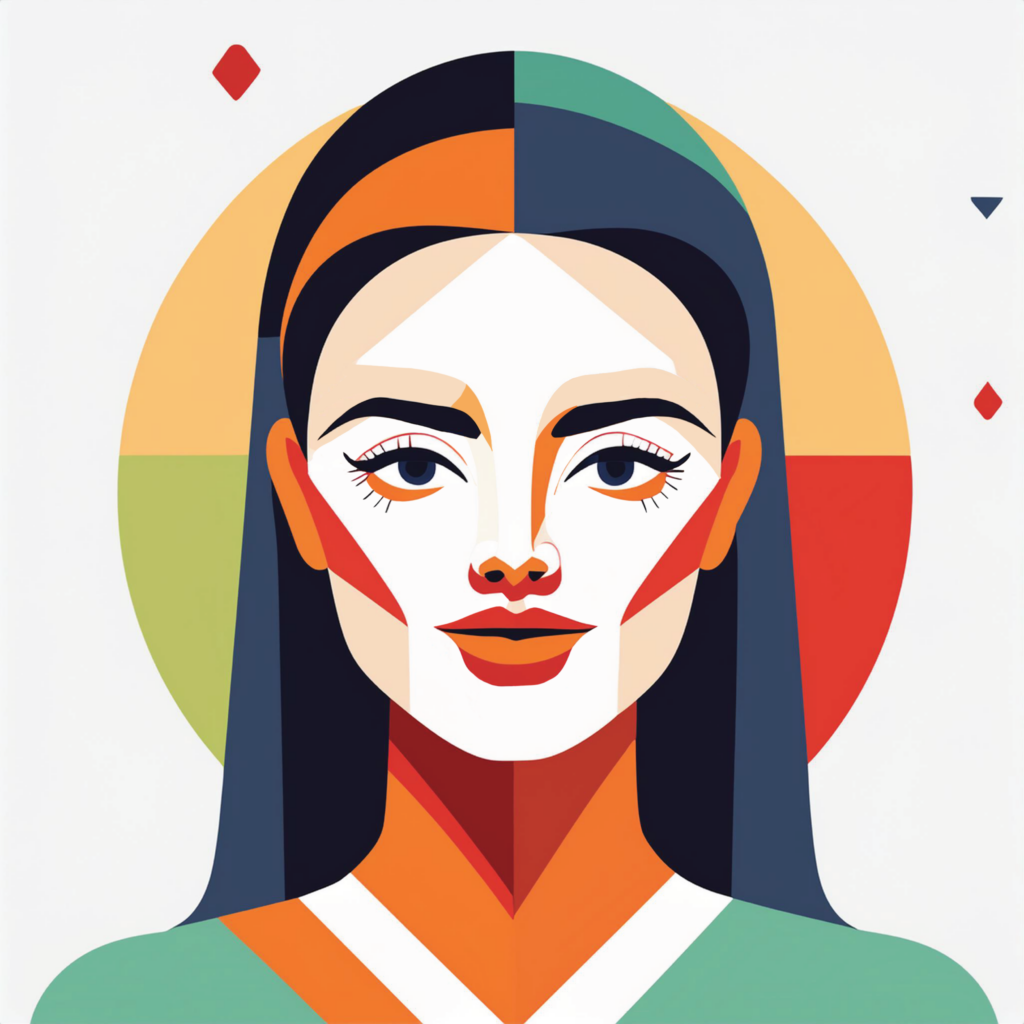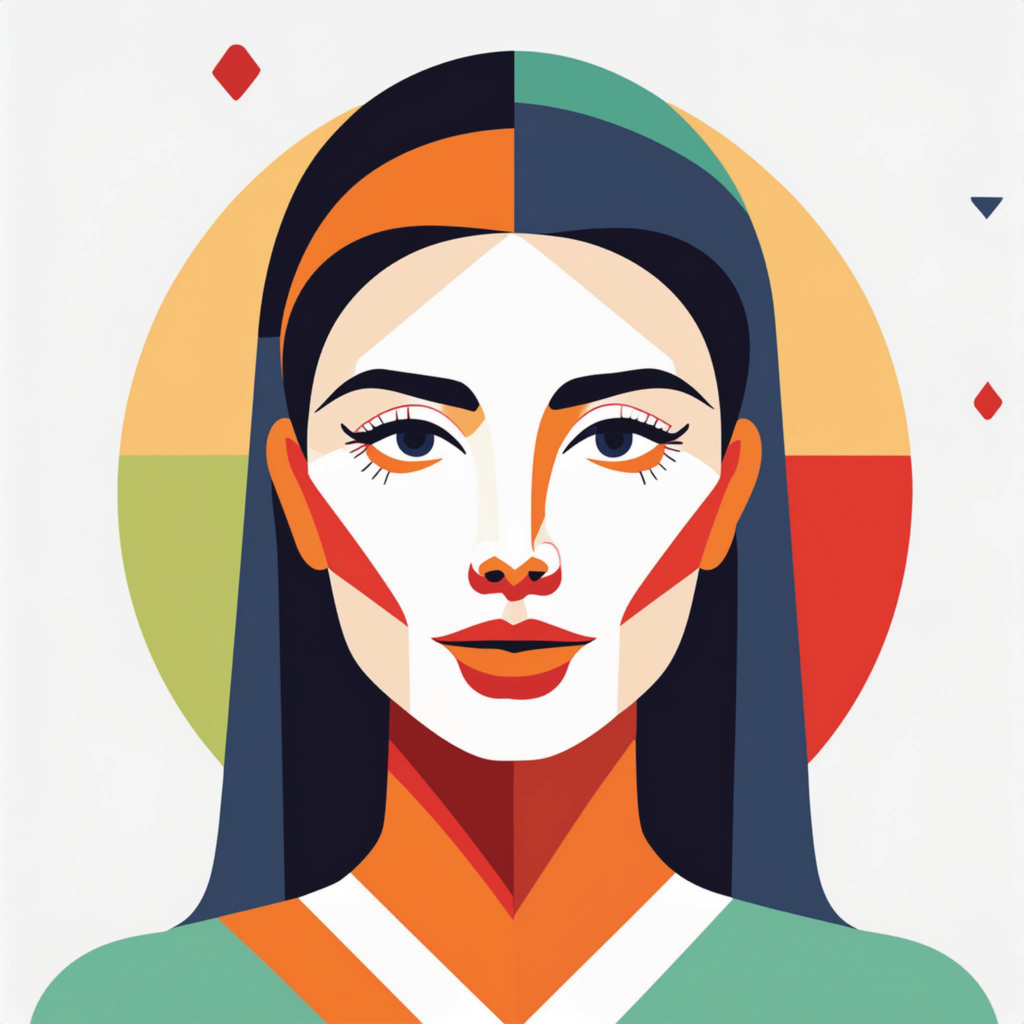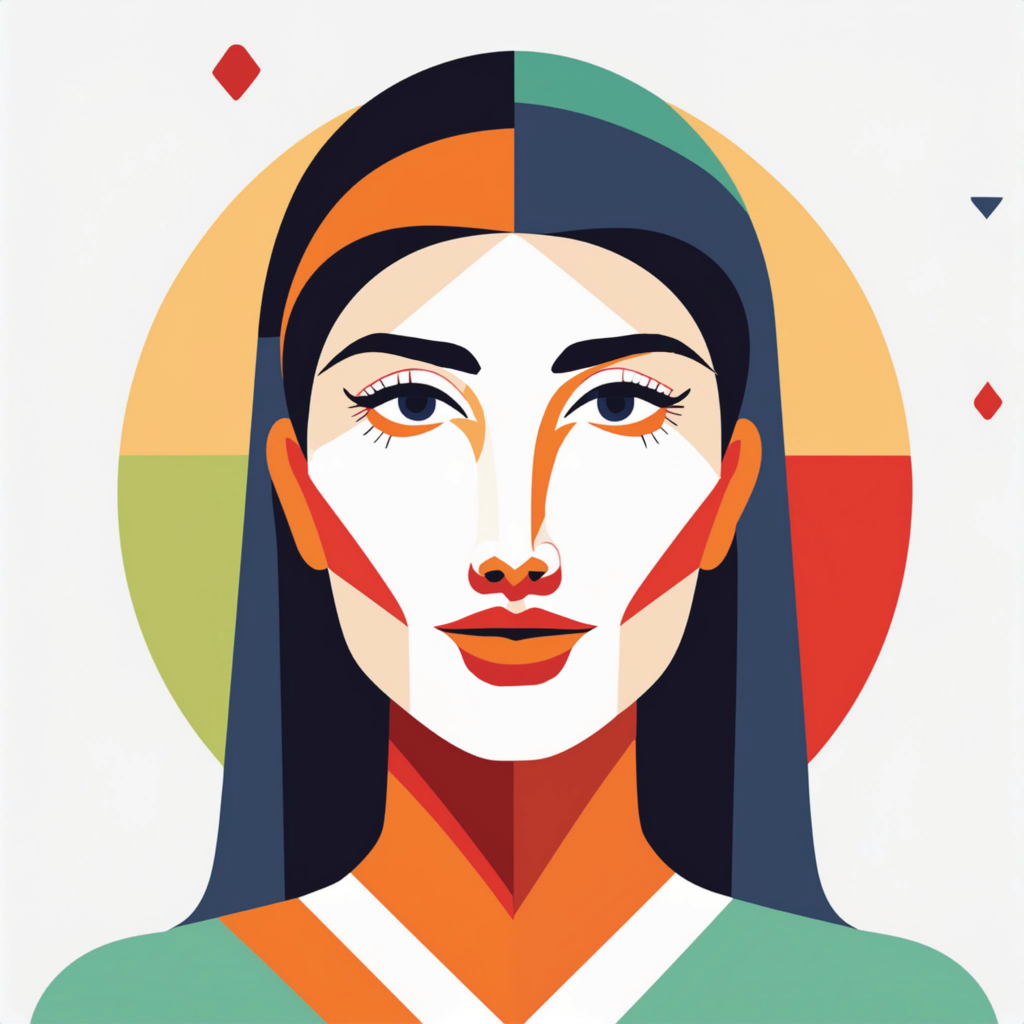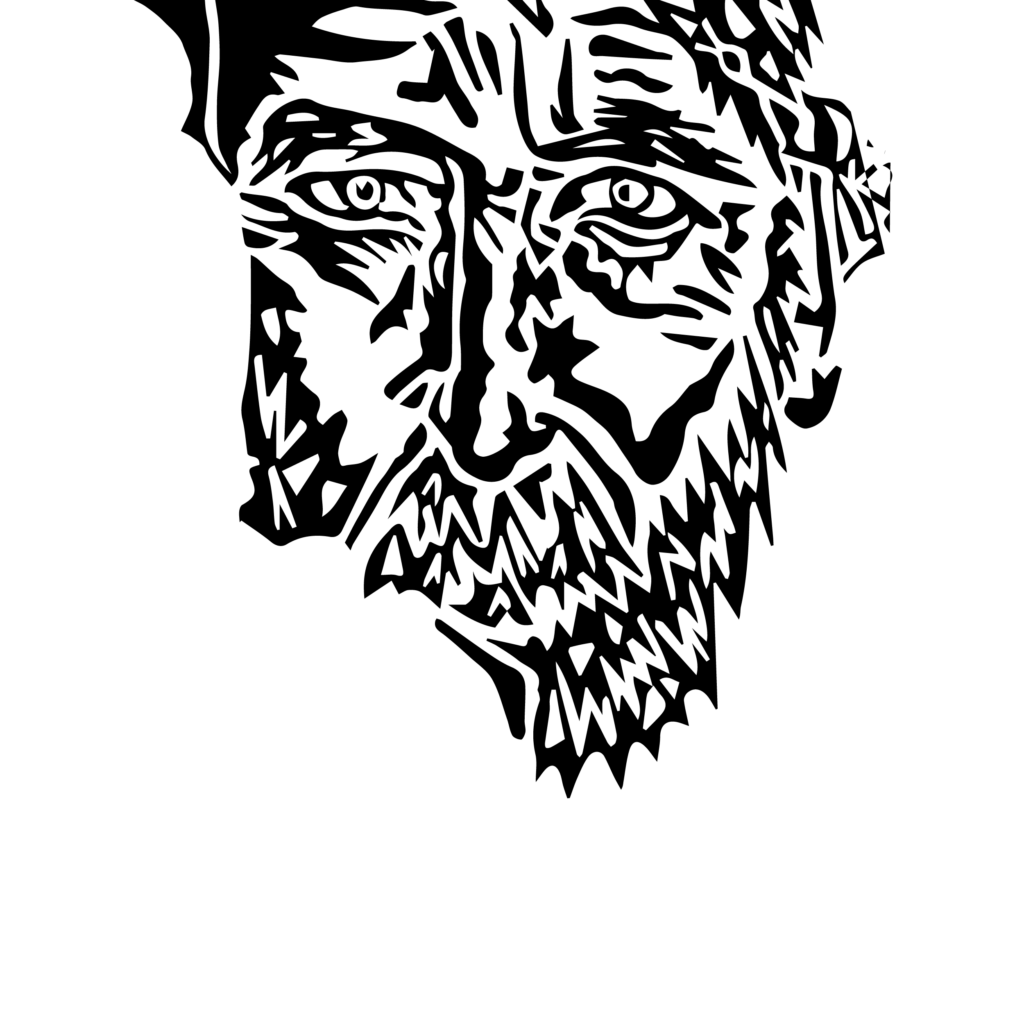In my recent research, I conducted a series of interviews to delve into the intricacies of individual face perception and the unique emotions elicited by specific facial features. The primary objective was to identify commonalities across various interviews that could lead to broader, generalized statements about face perception. Concurrently, I aimed to highlight the deeply personal and subjective nature of how we perceive faces. This dual focus allowed for a comprehensive understanding of both the universal patterns and the individualized nuances in face perception.
General information about the first interviewee:
Age: 32 years
Gender: Male
Occupation: Freelance Copywriter
1. Understanding Facial Emotion Recognition:
- Can you describe what the term „Facial Emotion Recognition“ means to you?
The ability to discern a person’s emotional state based on facial expression.
2. Analyzing Facial Expressions:
- What helps you analyze the facial expression of another person when you see them?
I would say mostly instinct — registering expressions on an unconscious level. Or consciously comparing and contrasting facial expressions with past experiences, for example associating frowning with someone being unhappy about something.
- Which specific features and aspects do you pay attention to in this scenario?
Probably mostly the eyes.
3. Proportion and Arrangement:
- Are the proportions and arrangement of facial features important to you when perceiving a face? If so, how?
I’d like to say no but I think they probably are, though I’ve never given it any active thought so I can’t say for certain. Again I think it’s probably unconscious.
4. Influence on Emotions:
- Can certain facial features and expressions influence the way you feel? How do they affect your emotions?
Definitely. I think the more pronounced expressions like smiling and frowning can definitely influence me — especially in terms of compassion and empathy.
5. Attractiveness of Faces:
- What attributes make a face attractive to you? What role does symmetry play?
Authenticity for me is one of the most attractive features of a face, but I think this is more difficult to define in terms of specific expressions and attributes. When I can see that someone is genuine and authentic, and when this is expressed through their face, then I would consider that to be attractive.
- Is there a difference for you between the attractiveness of male and female faces?
I don’t think so. When I reflect on the kind of male faces I find attractive they mostly tend to be more feminine in terms of aesthetics.
6. Preferences for Makeup:
- Do you prefer faces with a lot of makeup, very little makeup, or no makeup at all? What degree of makeup do you like the most and why?
No makeup at all. I prefer to see someone as they look naturally.
7. Facial Shapes in Everyday Objects:
- Do you sometimes recognize facial shapes in everyday objects around you? If yes, can you provide a few examples?
Yes. Sometimes I see faces in letter boxes and houses — in the ways that windows and doors are arranged.
- Does this recognition affect the way you feel about those objects or the way you interact with them?
Definitely. As soon as I see a face in an object I start to project a personality onto it, and so I feel some sympathy and affection towards it.
8. Controlling Facial Expressions:
- Do you sometimes try to control your own facial expressions to hide your true feelings or to display emotions you aren’t actually feeling? If yes, why do you do it, and how do you manage it?
I think so, but it happens so spontaneously that I’m hardly aware that I’m doing it. Mostly I think it’s when I’m trying to hide my disappointment or surprise, but I don’t think I’m very successful most of the time — there’s that split-second moment before I take conscious control of my face, when the real emotion comes out, and at that point it’s already too late!
9. Relevance to Art and Design:
- How do you think understanding facial shapes and expressions can benefit artists and designers in their work?
Maybe it can help with infusing inanimate objects with a sense of life and personality. It might also help an artist inject subtle emotions and cues into their work that the audience might not consciously pick up on. A facial expression is an external manifestation of an internal process, maybe designers and artists can use this sort of understanding to externalise and humanise something that would otherwise remain hidden and lifeless.
- Can you think of any examples where the perception of facial features has influenced a piece of art or a design project?
The first thing that comes to mind is Picasso, though I can’t say why.
Information about the second interviewee:
General information about the second interviewee:
Age: 23 years
Gender: female
Occupation: designer 😉
1. Understanding Facial Emotion Recognition:
- Can you describe what the term „Facial Emotion Recognition“ means to you?
- To me it describes the technology to recognise the emotions and feelings in a persons’ face.
2. Analyzing Facial Expressions:
- What helps you analyze the facial expression of another person when you see them?
- For me a big part are the eyes, the eyebrows and the way you move your mouth (or your lips and the little, hardly noticeable movements)
- Which specific features and aspects do you pay attention to in this scenario?
- It depends on the situation, when it comes to the overall wellbeing of the person, the eyes are the most important to me, however, when it’s about emotions about a certain topic, the eyebrows and the mouth area I think help me more to analyse the other person…
3. Proportion and Arrangement:
- Are the proportions and arrangement of facial features important to you when perceiving a face? If so, how?
- The proportions and arrangement of facial features is not really important to me, because every person is different and so I get used to everyone’s face and adapt my perception to the individual faces. But in general people might make the same facial expressions and they mean different things to everyone.
4. Influence on Emotions:
- Can certain facial features and expressions influence the way you feel? How do they affect your emotions?
- Yes! Absolutely! I think mostly when someone moves the eyebrows
in a hardly noticeable way, in the way of saying „what?!“ It definitely can be intimidating or confusing, at the same time a different way
of moving your eyebrows can make you feel understood and cared for.
- Yes! Absolutely! I think mostly when someone moves the eyebrows
5. Attractiveness of Faces:
- What attributes make a face attractive to you? What role does symmetry play?
- I was struggeling with this question a lot – and I still don’t really know how I’m supposed to answer it… But generally speaking I think to me the individual parts of the face make a face attractive to me and that is mostly the eyes and the expression in them. Symmetry plays that big of a role, but when I’m thinking of „perfect“ attractiveness, I imagine a really symmetrical face with quite „perfect“ features.
- Is there a difference for you between the attractiveness of male and female faces?
- For me yes, as prejudices as this sounds, but an attractive male face is a bit edgier and a attractive female face has more round and gentle features.
6. Preferences for Makeup:
- Do you prefer faces with a lot of makeup, very little makeup, or no makeup at all? What degree of makeup do you like the most and why?
- I think no makeup or the kind of no makeup-makeup is my favourite. It’s natural and I think it’s great when you can use makeup to enhance your features, not put them underneath a 3cm layer of makeup.
7. Facial Shapes in Everyday Objects:
- Do you sometimes recognize facial shapes in everyday objects around you? If yes, can you provide a few examples?
- Yes – today I saw a potato that had a shape of a face. Or light switches – they always look at you.
- Does this recognition affect the way you feel about those objects or the way you interact with them?
- Well, somehow I always want to take a photo of them, as a collection of things I see faces in. And in some cases (like with a microwave that for me was a screaming face) I want to give those object names.
8. Controlling Facial Expressions:
- Do you sometimes try to control your own facial expressions to hide your true feelings or to display emotions you aren’t actually feeling? If yes, why do you do it, and how do you manage it?
- I try sometimes to hide my facial expressions, mostly when I think someone had a weird idea or when I don’t like the food so much, but I am really bad at it…😅
9. Relevance to Art and Design:
- How do you think understanding facial shapes and expressions can benefit artists and designers in their work?
- I think it can teach you the rules, and the general kind of structure of eyebrows, eyes, nose, mouth on the different facial shapes, and make you realise how different every face is and all the possibilities to mix and match – so to understand the „rules“ and be able to combine differntly and to think differently.
- Can you think of any examples where the perception of facial features has influenced a piece of art or a design project?
- Right now not really, but I’ll think about it more… 😉
